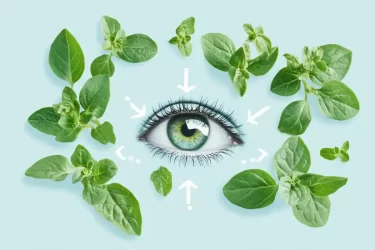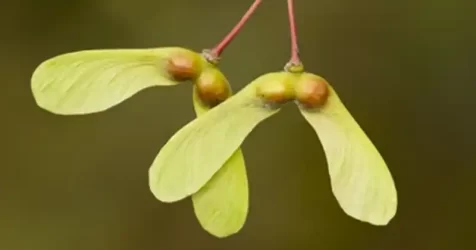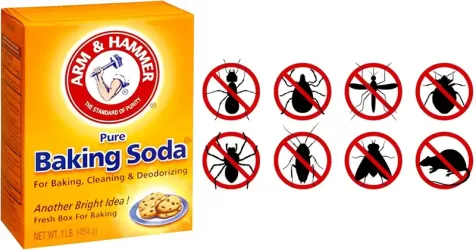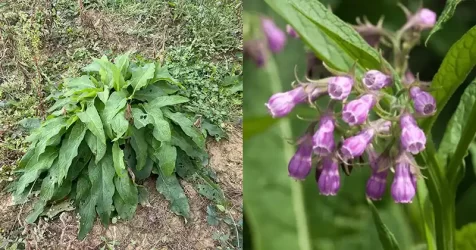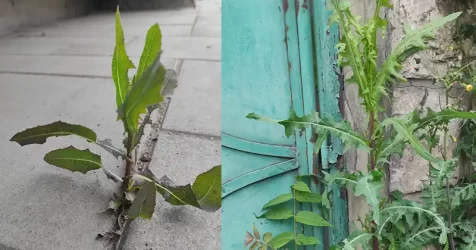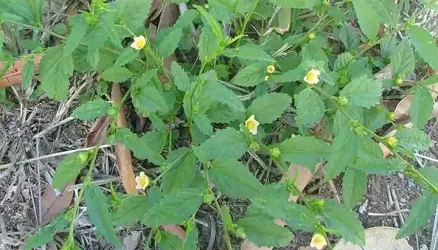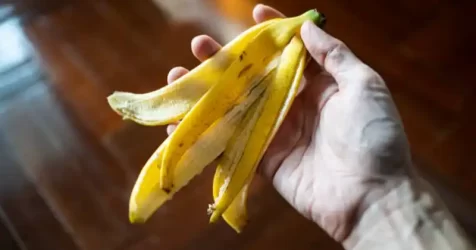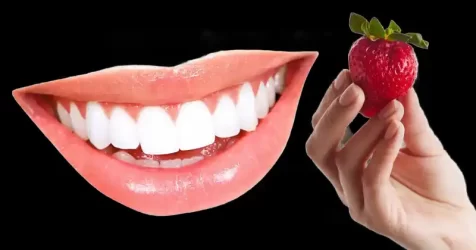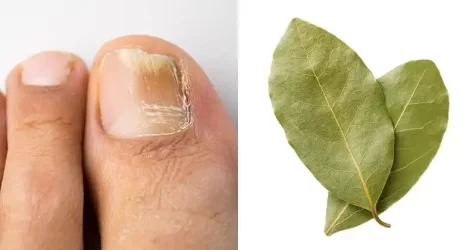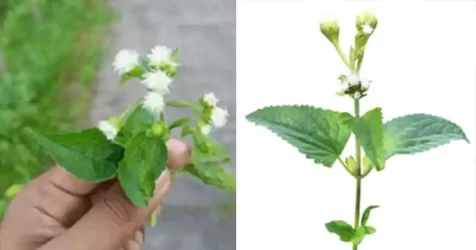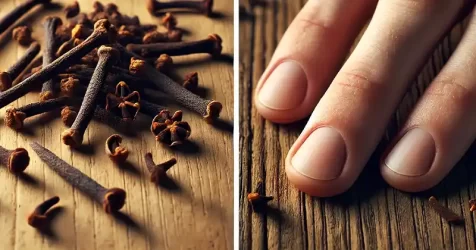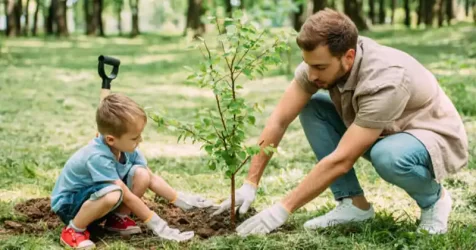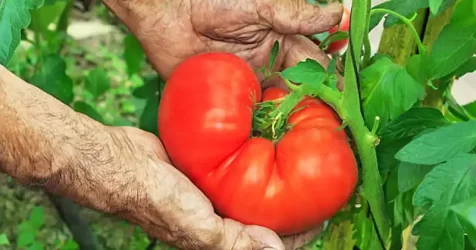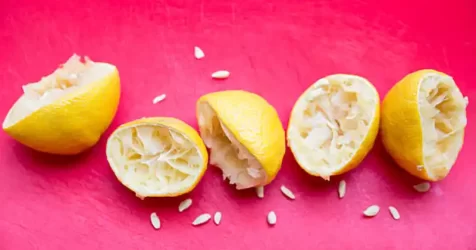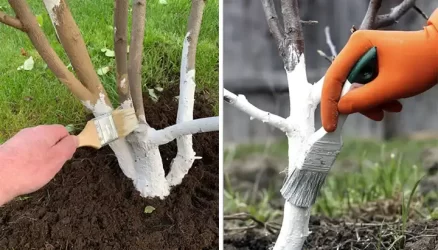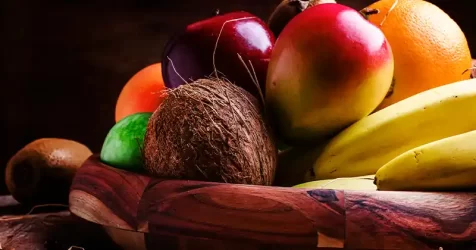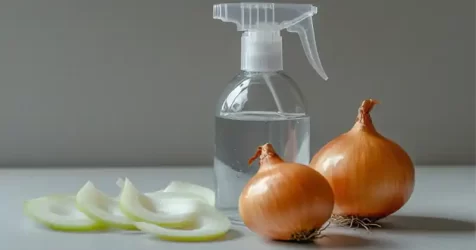How to prepare a Liquid Fertilizer so that your Plants never die
We know that for the plants in our garden or balcony to grow strongly and give flowers , we must not only water them but also fertilize the land. This is the source of the nutrients and vitamins that make the plants develop healthy with all their potential.

Today, we are going to prepare a powerful homemade fertilizer with elements that we usually throw away, so not only will it be very economical, but we will also be able to recycle organic waste.
Due to its components, this homemade fertilizer will increase the microbial activity of the soil and improve the irrigation capacity of the soil.

Ingredients:
- Potato peel: This is a rich source of carbohydrates, potassium, and vitamins C and B. It also provides phosphorous, which is essential for plants to breathe and for the formation of flowers.
- Banana peel: it has potassium, iron and magnesium, vitamin A and E. It helps the general maintenance of the plant and makes it resistant to diseases.
- Sweet potato peel: it has copper, vitamins and works as an antioxidant.
- Egg shell: it has calcium, fights pests and reduces the acidity of the soil.
- In addition, we need a medium pot, a strainer, a watering can or pouring container, and the necessary amount of water.
Procedure:
- Pour water into the saucepan and boil the shells for 15 minutes.
- Let the infusion cool.
- I suggest you let it sit overnight.
- We filter the content to a pouring container.
We already have the infusion ready with all the nutrients and vitamins. It is not necessary to reduce the mixture with water, you can apply it directly to the ground or make a small excavation in the ground and deposit it there.
It is convenient that we use it early in the morning or in the afternoon, so that the sun’s rays do not evaporate the liquid. This mixture is very versatile, since you can apply it to all kinds of plants.

Other Tips:
If your plants aren’t looking quite green and have stopped blooming, try these simple tips to revitalize them.
Rainwater is the best for irrigation as it does not contain chlorine. If you can’t pick it up, it’s best to fill a bucket or container with tap water and leave it overnight. The chlorine will evaporate and you will have quality water for your plants.
When we transplant we must cut a little the roots that are too long or damaged. This operation must be carried out very carefully so as not to disassemble the ground mass.
It is essential to keep plant leaves clean. When dust is deposited on it, not only does it tarnish but it also affects the health of the plant, since the dust covers the pores and does not let it breathe.

You can clean them with just room temperature water or, if the leaves are large and smooth, use a damp cloth. Not only will they look better, but they will be able to absorb light better.
We must not leave withered leaves on the plant, as they affect flowering and can bring diseases. With very sharp scissors and very carefully, we cut out the yellow and brown leaves. We must not cut or hurt the stem.
If we are going to prune several plants, it is necessary to clean the blades of the scissors with alcohol to avoid the transmission of diseases from one plant to another.
